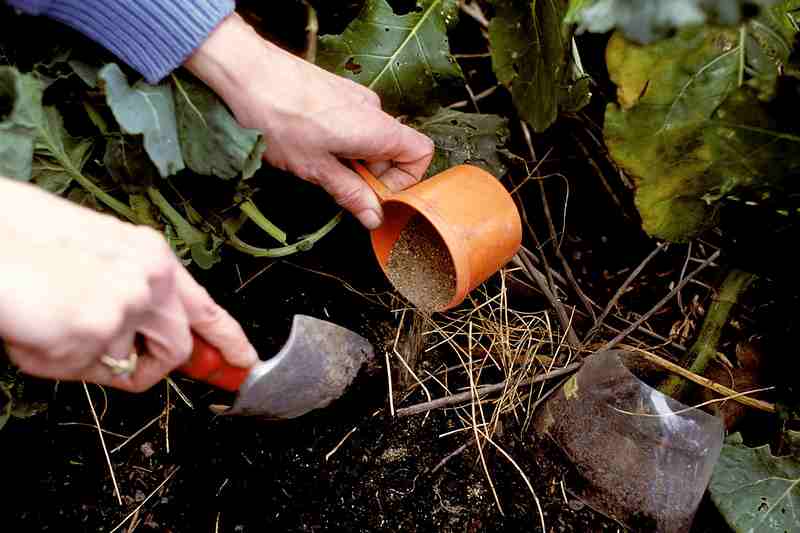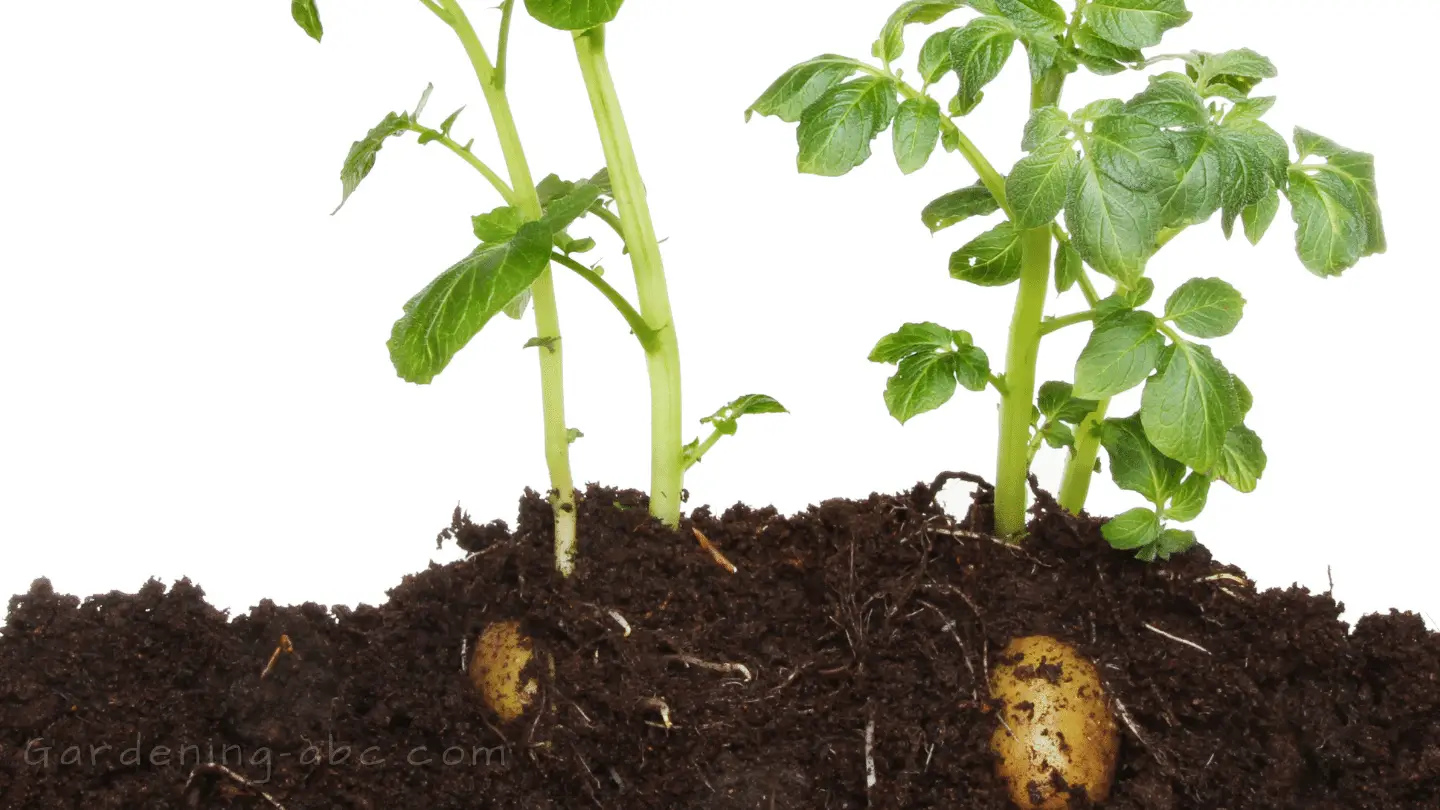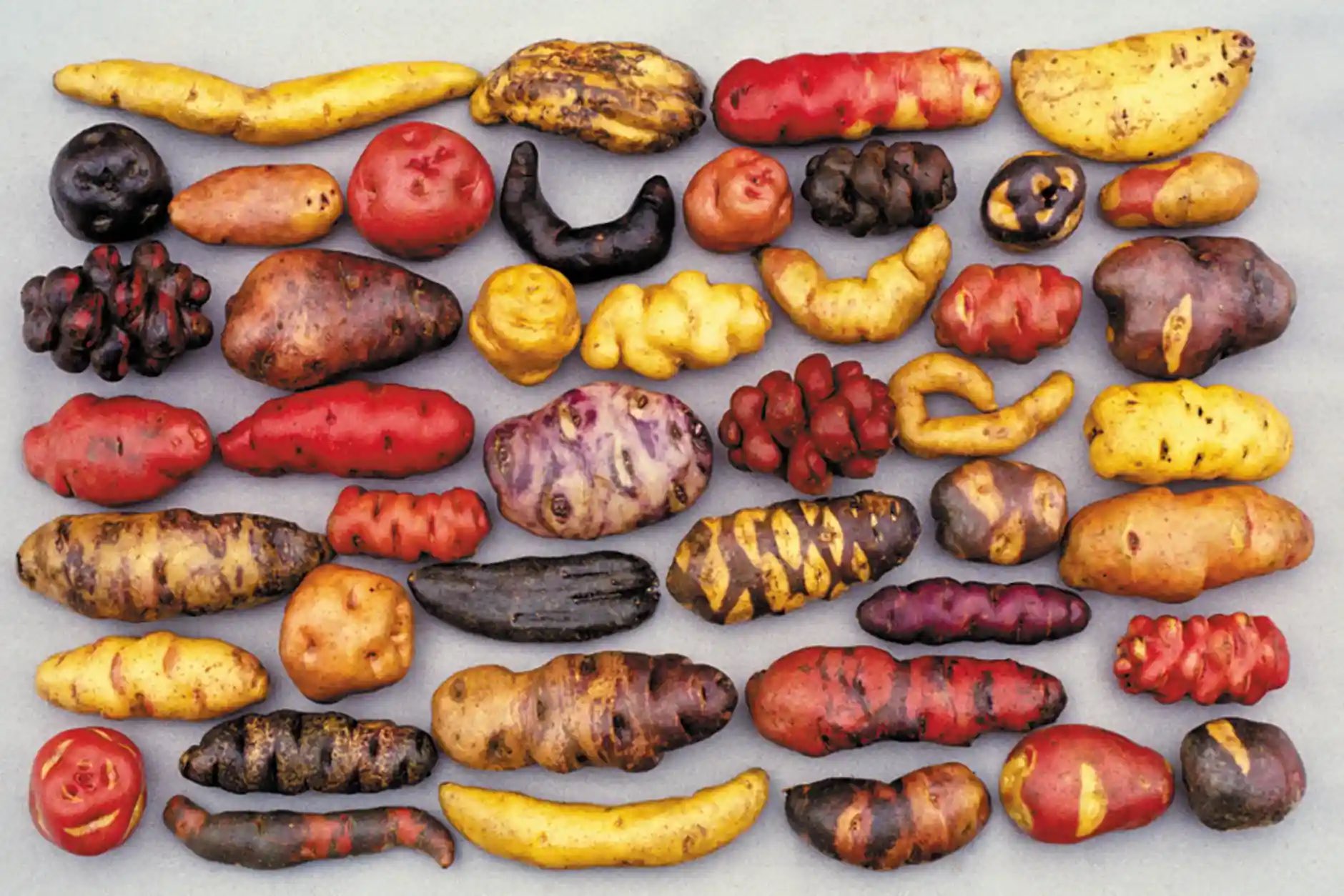We use affiliate links to run our site. When you buy through links on our site, we may earn an affiliate commission, without any added cost to you. Learn more
Are you curious to uncover the secrets behind the growth timeline of potatoes? Have you ever wondered how long it takes for these versatile tubers to mature? Prepare to embark on an exciting journey as we unveil the mysteries of potato cultivation.
From planting the seed potatoes to the moment of harvest, we’ll guide you through every stage, revealing the factors that influence their growth.
Get ready to discover the timeline of potato development and gain valuable insights into nurturing your very own potato crop. Get ready to dig deep and unearth the secrets of potato farming!
How Long Does It Take to Grow Potatoes:
The time it takes to grow potatoes can vary depending on various factors such as the potato variety, growing conditions, and cultivation method. On average, it takes approximately 80 to 120 days for potatoes to reach maturity from the time of planting. Some early varieties can be ready in as little as 50 days, while some late varieties can take up to 150 days.
Let’s understand this in detail.
Different Potato Varieties:
The variety of potatoes you choose will affect how long it takes to grow potatoes. There are three main types of potatoes: early, mid-season, and late.
Early potatoes are the fastest to mature, and they are usually harvested when they are small and tender. They are ideal for salads, boiling, and steaming.
Mid-season potatoes take longer to mature, and they are usually harvested when they are medium-sized and firm. They are good for baking, roasting, and mashing.
Late potatoes take the longest to mature, and they are usually harvested when they are large and starchy. They are best for storing, frying, and making chips.
Planting the Seed

Before we dive into the timeline of potato growth, let’s understand the first crucial step: planting the seed. Potatoes are not grown from typical seeds but rather from seed potatoes. Seed potatoes are small tubers or sections of larger potatoes that serve as the foundation for potato cultivation.
To start the process, choose healthy and disease-free seed potatoes from a reliable source. It’s important to select the right potato variety based on your preferences and the growing conditions in your region.
Once you have your seed potatoes, it’s time to prepare the soil. Potatoes thrive in loose, well-drained soil with a pH level between 5.0 and 6.0. Before planting, amend the soil with organic matter to enhance its fertility and drainage.
Creating furrows or mounds is a common practice for potato planting. Place the seed potatoes in the furrows or on top of the mounds, making sure to space them adequately to allow room for growth.
The Waiting Game Begins
After planting the seed potatoes, it’s time to play the waiting game. But how long exactly does it take for potatoes to grow? Well, the answer depends on several factors, including the potato variety, growing conditions, and cultivation methods.
On average, potatoes take around 80 to 120 days to reach maturity from the time of planting. However, it’s important to remember that this is just an estimate, and the actual timeline may vary.
Factors Influencing Potato Growth

Several factors influence the growth of potatoes and ultimately determine the time they take to mature. Let’s explore these factors in detail:
- Potato Variety: Different potato varieties have varying growth rates. Early varieties, such as Yukon Gold and Red Norland, typically mature faster, taking about 70 to 90 days. On the other hand, late-season varieties like Russet and Kennebec can take 90 to 120 days or more to reach maturity.
- Growing Conditions: The environment plays a significant role in potato growth. Adequate sunlight, sufficient water, and nutrient-rich soil are essential for plants to thrive. Warmer climates with longer growing seasons generally expedite the growth process, while colder regions with shorter seasons may extend the time required.
- Cultivation Method: The method you choose for cultivating potatoes also affects their growth timeline. Two common methods are hilling and straw mulching. Hilling involves gradually covering the emerging plants with soil as they grow, which encourages the development of more tubers. Straw mulching, on the other hand, helps retain moisture and regulate soil temperature, promoting optimal growth.
4 Stages of Potato Growth
The journey from planting to harvesting potatoes involves several distinct stages. Understanding these stages can provide valuable insights into the growth process. Let’s explore them:
- Sprouting Stage: After planting, the seed potatoes begin to sprout, giving rise to small sprouts or shoots. These sprouts emerge from the eyes of the potatoes and develop into leafy green plants above the ground.
- Vegetative Stage: During this stage, the potato plants focus on leaf and stem development. The plants continue to grow taller and produce more foliage, enabling them to capture sunlight and convert it into energy through photosynthesis. This energy is crucial for the formation of tubers below the ground.
- Tuber Formation: As the vegetative stage progresses, the potato plants shift their energy towards tuber formation. The underground stems, known as stolons, start to swell, giving rise to small tubers. These tubers continue to enlarge over time, nourished by the plant’s energy reserves.
- Maturity: The final stage of potato growth is maturity. The plants reach their full potential, and the tubers are fully developed and ready for harvest. The foliage above the ground may start to wither and turn yellow, indicating that the potatoes have reached maturity.
Harvesting Potatoes
The timing of potato harvest depends on the intended use and the desired size of the tubers. Here are two common scenarios:
- New Potatoes: If you crave the unique flavor of new potatoes, you can harvest them earlier in the growth process. New potatoes are typically smaller in size and have a delicate, buttery taste. They can be harvested after about 60 to 70 days, once the plants have developed small tubers. These fresh treasures are often consumed immediately and not stored for long periods.
- Mature Potatoes: For storage and long-term use, it’s best to wait until the plants have died back before harvesting mature potatoes. This typically occurs after 90 to 120 days or more, depending on the variety and growing conditions. When the foliage turns yellow and starts to wither, it’s a sign that the plants have reached maturity. Carefully dig up the tubers using a garden fork or shovel, being cautious not to damage them.
How to Harvest Potatoes:
To harvest your potatoes, gently dig around the base of the plant with a fork or a spade, and lift out the tubers. Avoid damaging or bruising the tubers, as this can reduce their quality and shelf life.
You should also avoid exposing the tubers to sunlight for too long, as this can cause them to turn green and bitter.
How to Store The Potatoes:
To store your potatoes, you should cure them for about two weeks in a cool, dark, and humid place, such as a basement or a cellar. This will help them heal any wounds and develop thicker skin that will protect them from rotting or sprouting.
Then store them in a breathable container, such as a paper bag or a cardboard box, and keep them in a cool, dark, and dry place, such as a pantry or a cupboard. Check your potatoes regularly and remove any that are rotten or sprouted.
Conclusion:
We hope this comprehensive guide on the growth timeline of potatoes has left you inspired and excited to embark on your potato-growing adventure.
Don’t forget to share this post with your fellow gardening enthusiasts and spread the knowledge about the secrets of potato cultivation.
Explore more articles on our site to expand your gardening expertise and uncover even more fascinating topics. You can read all the posts related to potato gardening here.
So, roll up your sleeves, grab your gardening tools, and start growing your very own potatoes. Witness the magic unfold as you nurture these humble tubers from seed to harvest. Happy potato growing!
What are early-season potatoes?
Early-season potatoes are varieties that mature relatively quickly, typically in about 70-80 days after planting. Examples of early-season potato varieties include Red Pontiac, Irish Cobbler, Yukon Gold, and Norland.
How long do mid-season potatoes take to grow?
Mid-season potatoes usually take up to 100 days to grow and mature. They are planted in mid-March and are typically ready for harvest by August. Common mid-season potato varieties include Russet Burbank, Kennebec, Yellow Finn, and All Blue.
What are late-season potatoes?
Late-season or maincrop potatoes take between 100 to 120 days to grow and mature. They are well-suited for long-term storage. Popular late-season potato varieties include Katahdin, Conestoga, LaRatte, and Bintje.
How should I prepare the soil for planting potatoes?
The soil should be well-drained, loose, and rich in organic matter. Adding compost, aged manure, or other organic materials can improve soil structure and fertility. A pH level between 5.0 and 6.0 is ideal for potatoes. All the details are here in this post.
How do I select seed potatoes for planting?
Select high-quality seed potatoes that are certified disease-free and have well-developed, healthy sprouts. Avoid using potatoes from grocery stores, as they may carry diseases. Purchase certified seed potatoes from a reputable nursery or garden supplier.
When is the best time to plant potatoes?
Plant seed potatoes when the soil temperature reaches 40°F. The best time for planting is two to four weeks before the last anticipated frost in your area.
How many potatoes will one plant produce?
The number of potatoes produced by one plant depends on various factors. On average, if all conditions are ideal, you can expect to get between five to ten potatoes per plant.
Can I eat potatoes right after the harvest?
Yes, you can eat potatoes right after being harvested. However, they are usually cured for long-term storage to ensure they last longer. If you do eat them immediately, make sure to clean off the dirt from the ground first.
Amazon and the Amazon logo are trademarks of Amazon.com, Inc, or its affiliates.

Hi there! My name is Prasenjit and I’m an avid gardener and someone who has grown a passion for growing plants. From my hands-on experience, I have learned what works and what doesn’t. Here I share everything I have learned.





